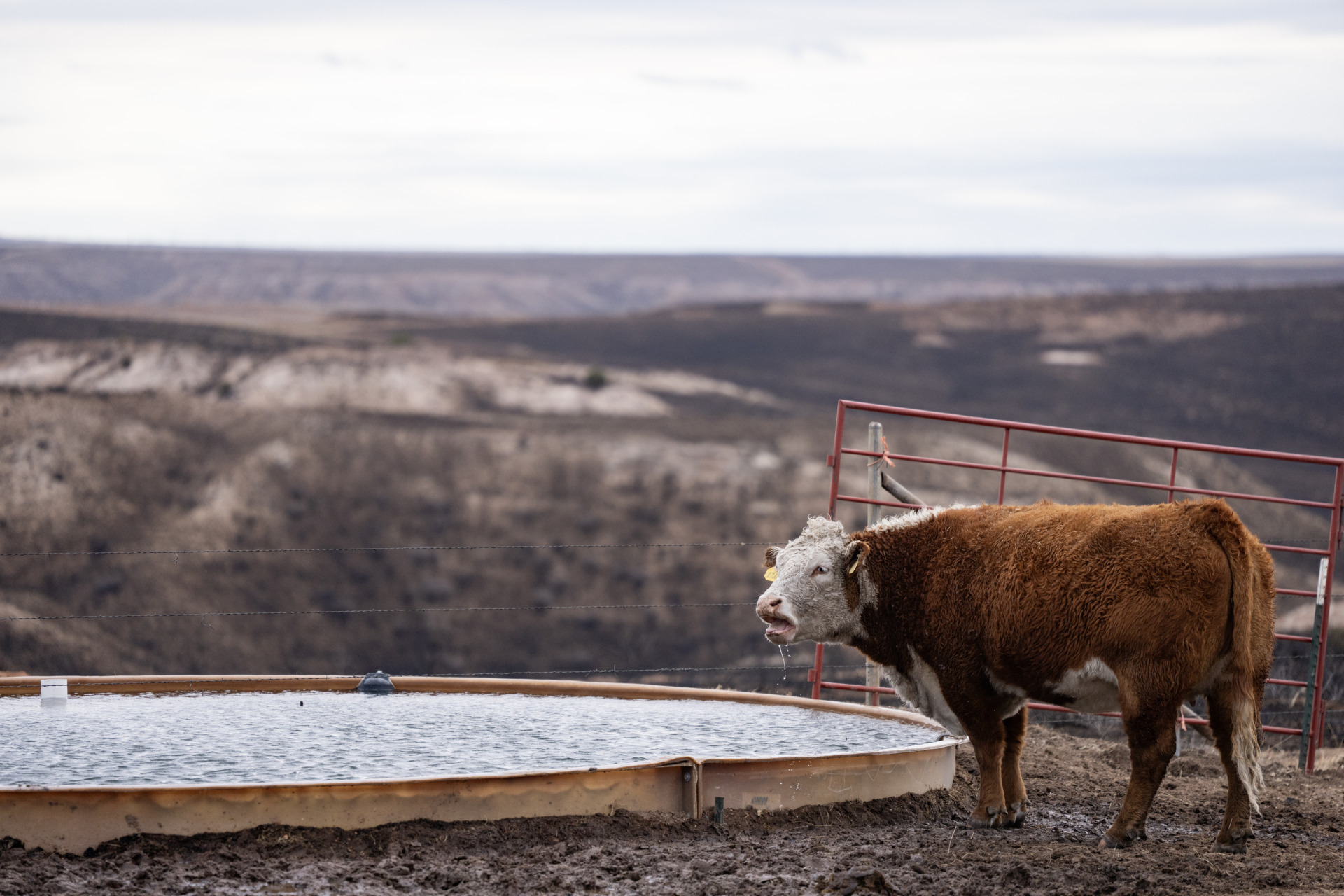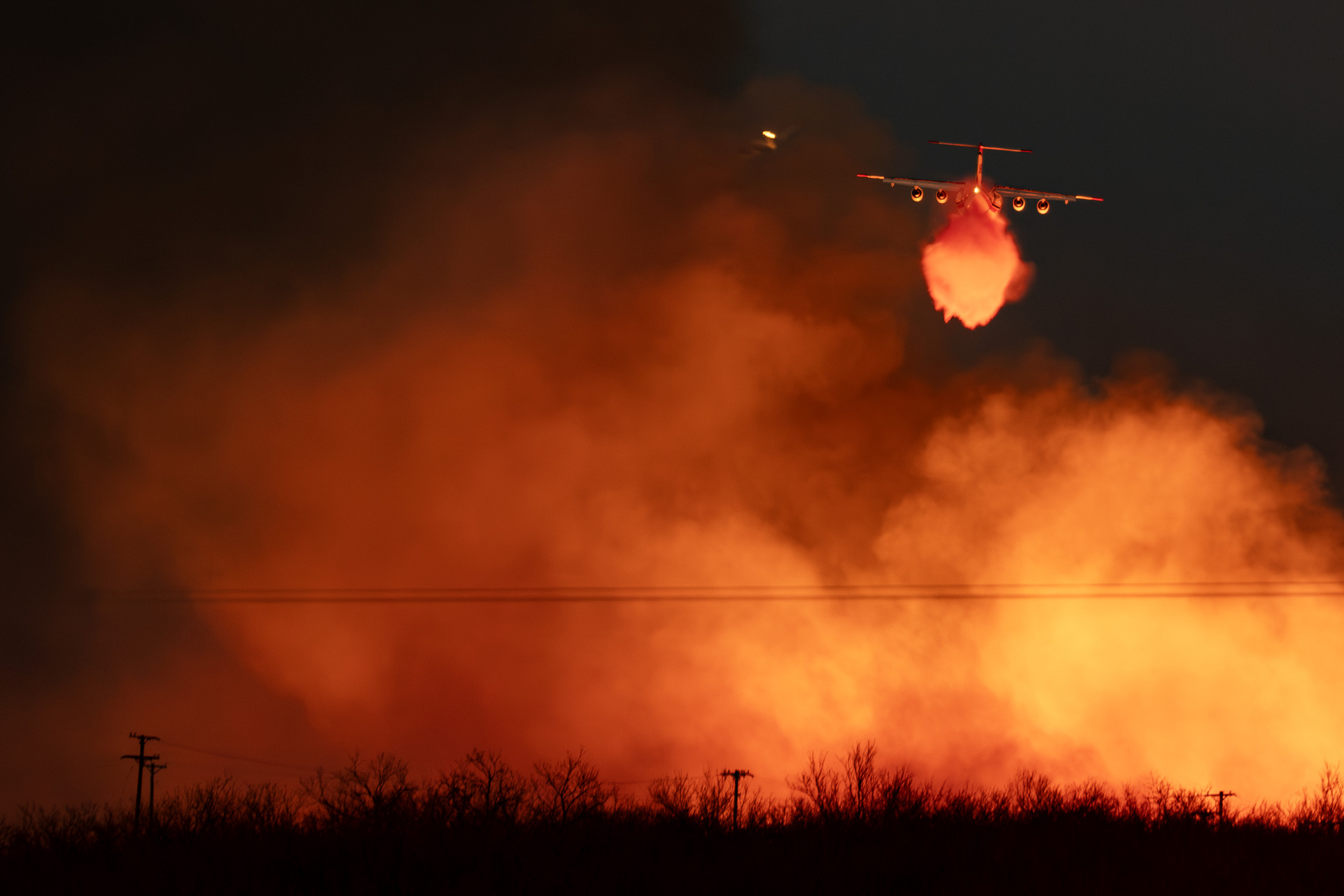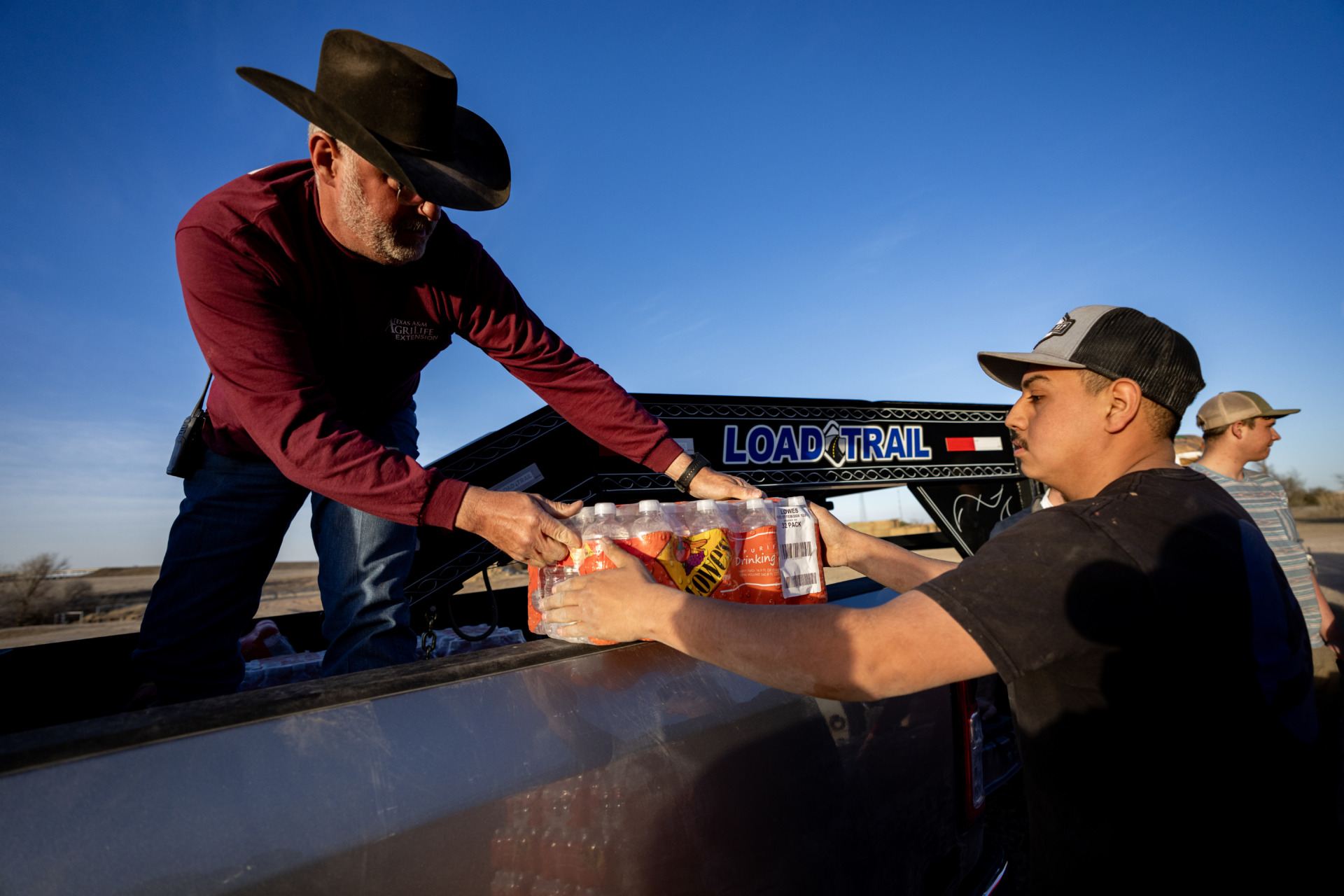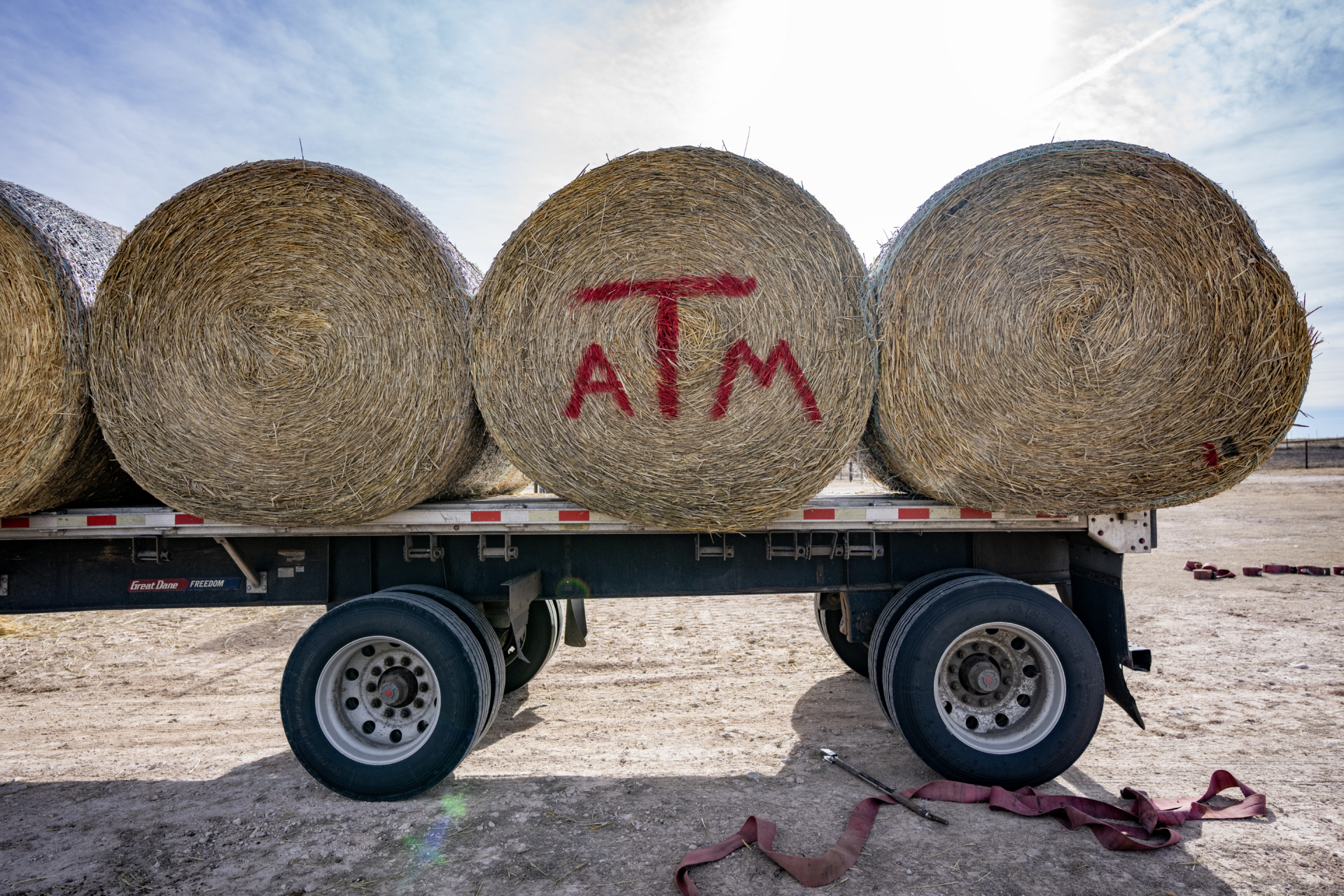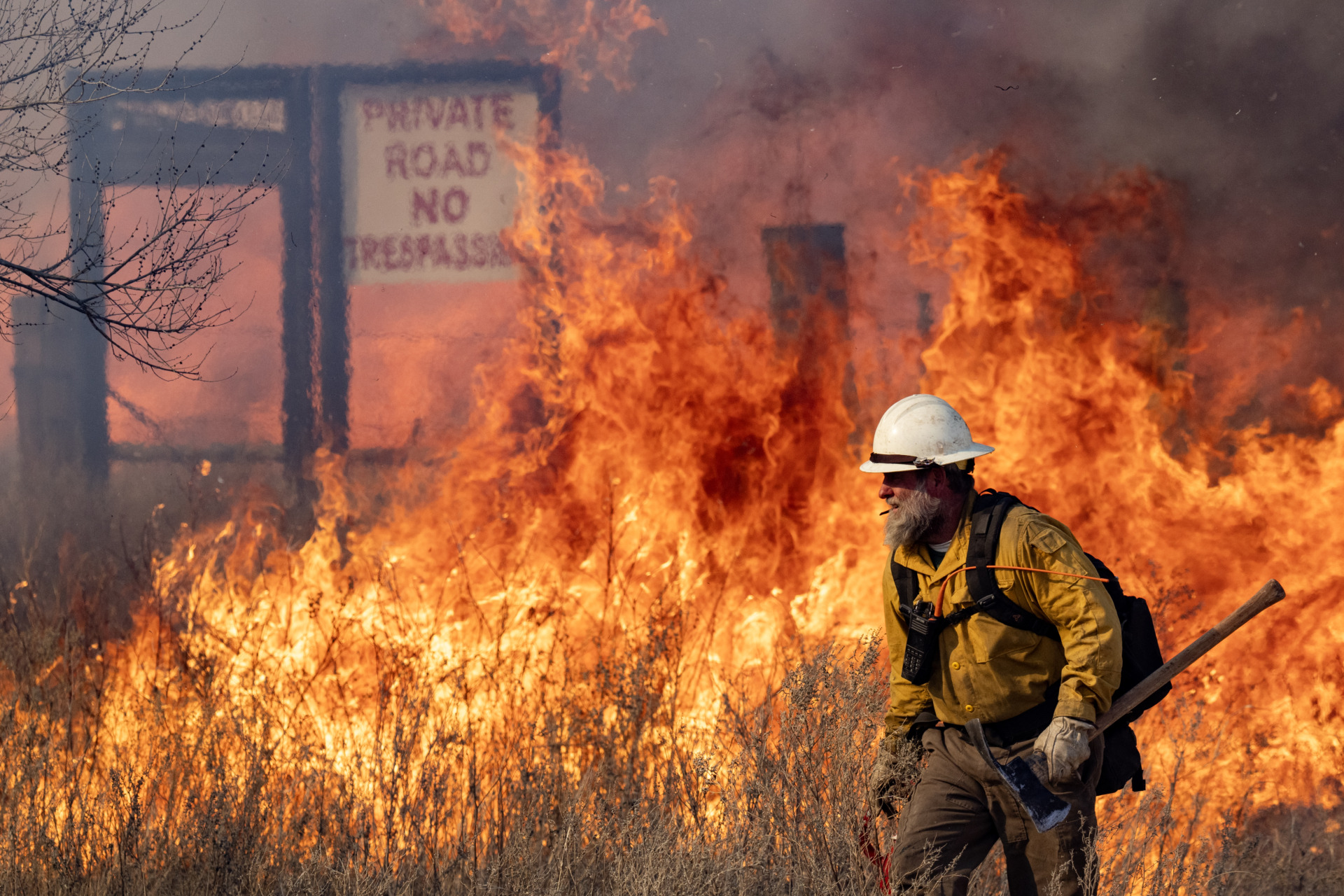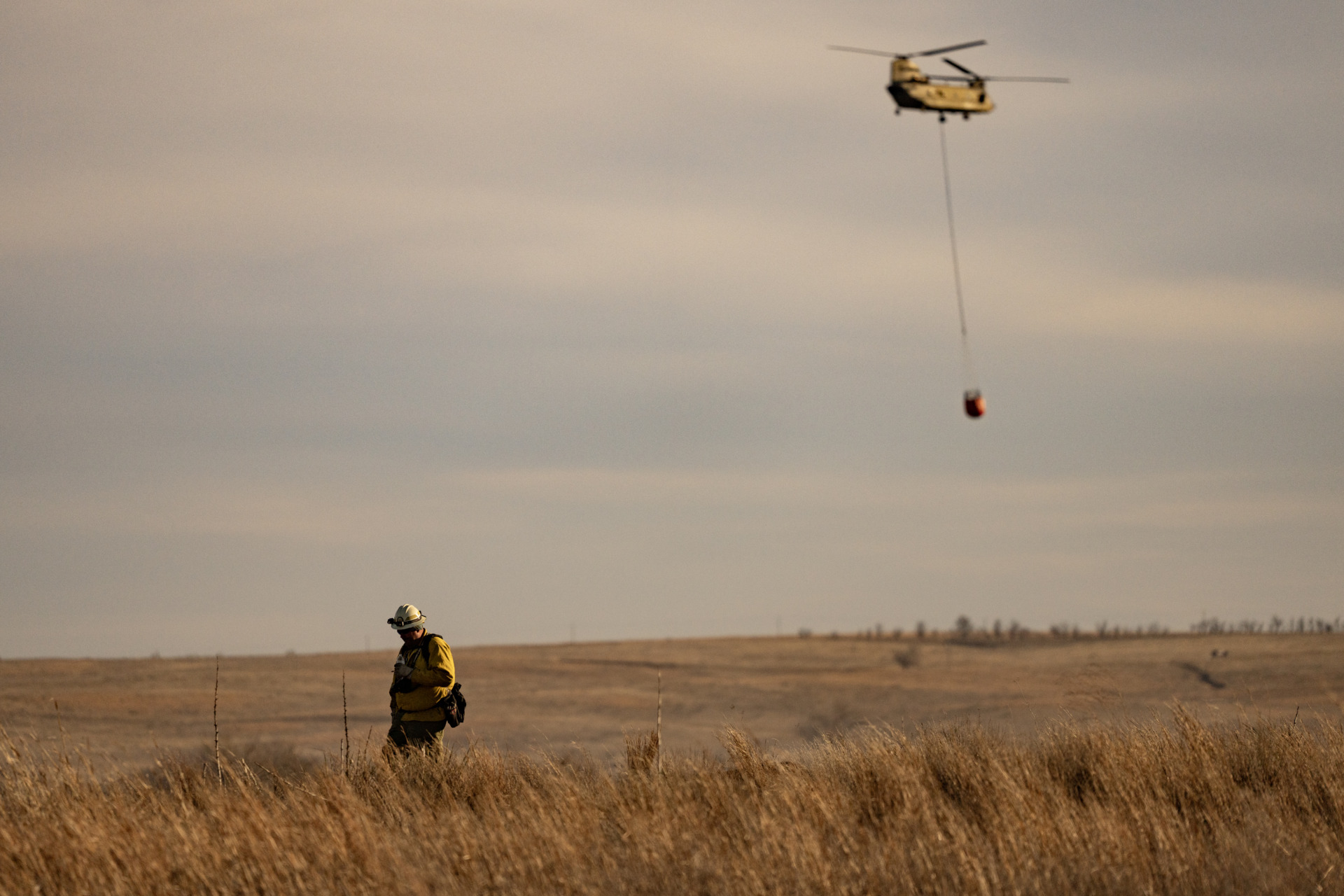Images From the Smokehouse Creek Fire
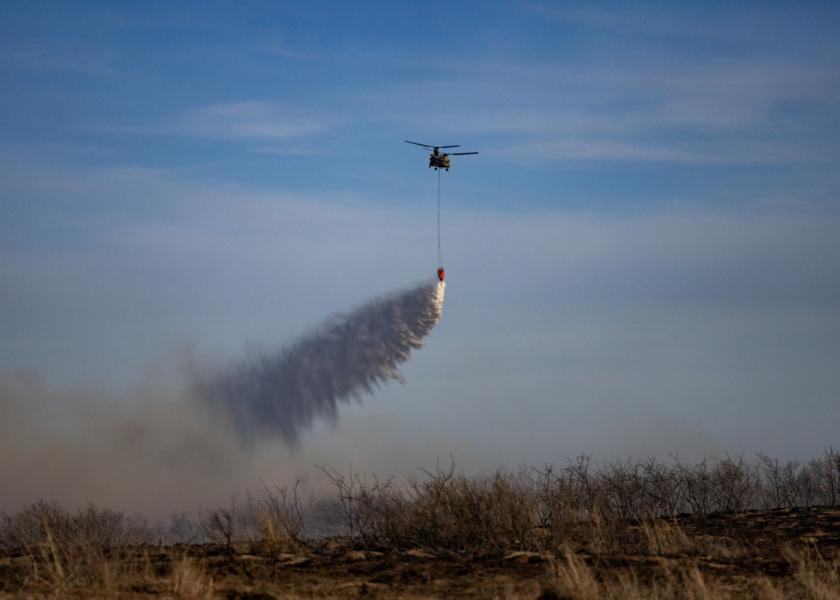
Wildfires that ripped across the Texas Panhandle left in their wake destroyed homes, blackened earth, downed power lines and wandering livestock. But also, an outpouring of support that arrived by the truckloads in the form of hay, feed and fencing materials in addition to warehouses full of supplies for families who lost their homes. Personnel from the Texas A&M AgriLife Extension Service and the Texas A&M Forest Service are on the front lines with volunteers to serve and support in the aftermath of the largest wildfire in Texas history.
The Smokehouse Creek Fire, which started in Hutchinson County, burned a total of 1,075,000 acres and has been declared as the largest in Texas history. And, it was only one of multiple fires that threatened homes and livelihoods in the past week.
